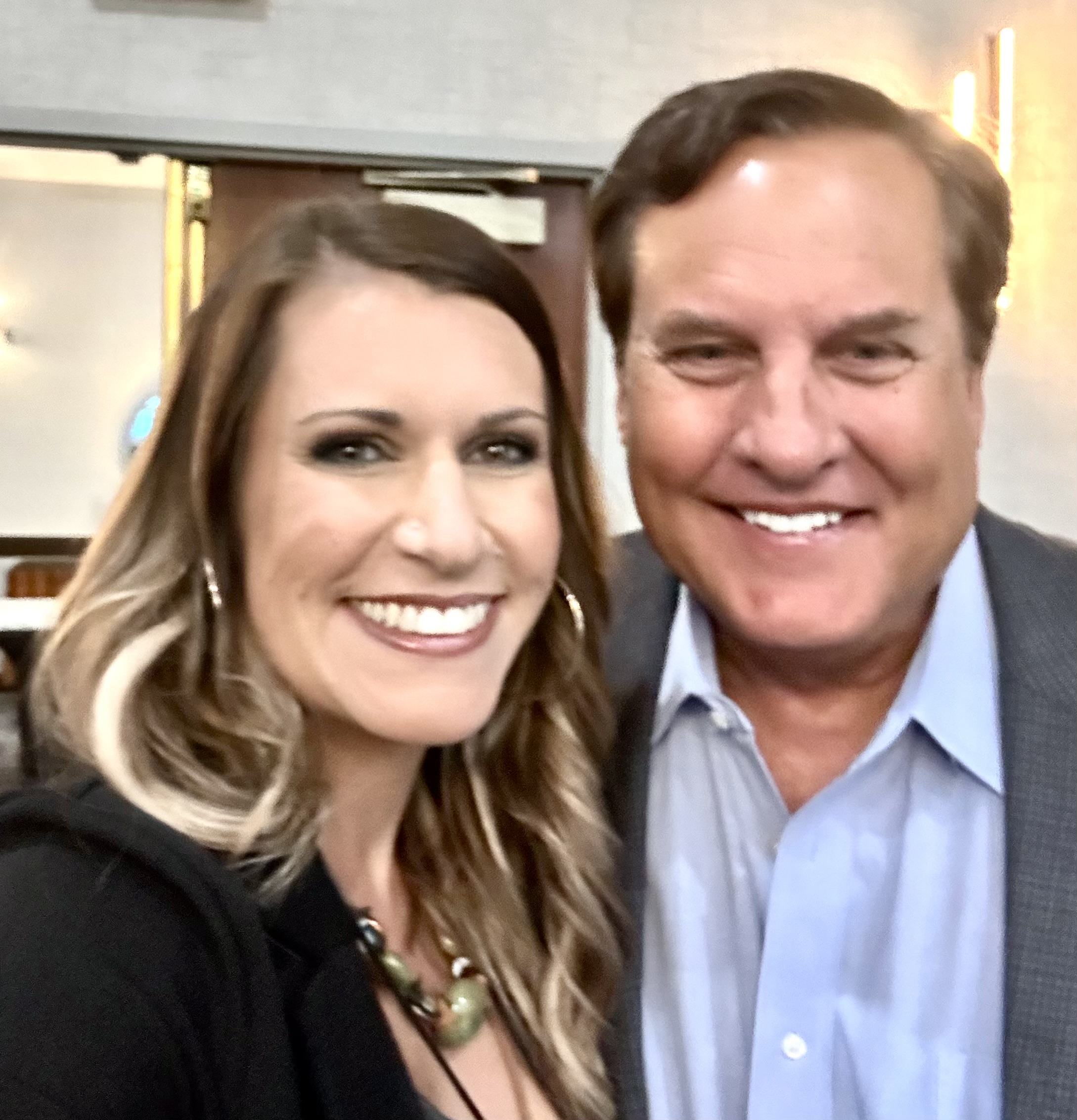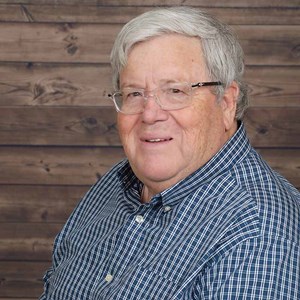Jen Silver owns a roofing business and is a business educator to restoration contractors and roofers. She asked whether Utah follows the efficient proximate causation rule for insurance policy interpretation after reading yesterday’s post, Mathew “One T” Mulholland Does a Great Job Educating Georgia Public Adjusters on Georgia’s Efficient Proximate Cause Doctrine and How It Applies to the Wear and Tear Exclusion. Silver lives in Utah when not crossing the country providing educational seminars.
The Utah Supreme Court made this ruling regarding the efficient proximate cause test:1
We believe that the proper path to follow is to recognize the efficient proximate cause rule only when the parties have not chosen freely to contract out of it. As the Colorado Supreme Court stated in Kane v. Royal Insurance Co. of America, ‘ ‘[T]he efficient proximate cause’ rule, if it were adopted by this court, must yield to a well-settled principle of law: namely, that courts will not rewrite a contract for the parties.’ Couch’s Cyclopedia of Insurance Law is consistent with this conclusion:
The principles of causation should not be so closely applied as to defeat the intent of the parties as manifested in the contract of insurance.
The rule applies in Utah, but policyholders must be concerned with anti-concurrent causation language and other causation clauses in the policy.
For contractors and others wishing to learn more about issues facing insurance restoration contractors, I suggest you watch a presentation she recorded at this link. She tackles the issues in a very straightforward manner, and these are issues talked about by all roofers and restoration contractors dealing with insurance companies.
Thought For The Day
Builders eventually learn that the wall is not a barrier but a way to another room.
—Robert Brault
1 Alf v. State Farm Fire & Cas. Co., 850 P.2d 1272 (Utah 1993).





